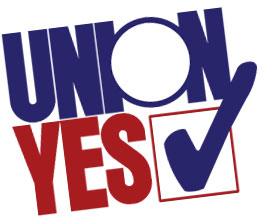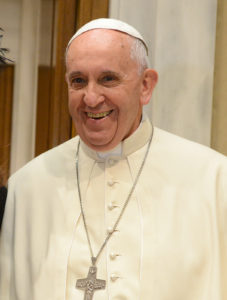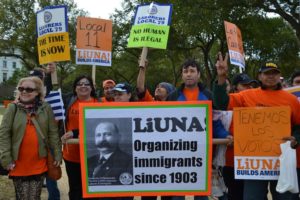Family Stability
The Working Catholic
by Bill Droel and John Erb
In a four-part series on this blog site we examine the factors that determine family stability or instability, which as we previously wrote, are namely income and a few socio-cultural trends. We stress that these factors do not form a neat equation nor does one of the factors necessarily cause another; simply that a few stability factors parallel one another.
The Geography Variable
First, wages and cost of living vary from state-to-state, from region-to-region. New York City is, for example, higher income and higher cost; Mississippi or Alabama is lower income and lower cost. To have a top 1% income in the New York City region requires nearly $1.4million annual (much higher for the top 1/10th%). Meanwhile, an annual income of about $100,000 equals top 1% in parts of Mississippi and Alabama.
Second, higher income families are concentrated within specific metropolitan areas and specific areas of a state. So too, lower income families are concentrated within certain city neighborhoods, certain rural areas or certain state regions. In the mythological Lake Wobegon Chatterbox Café, an unemployed farmhand can sit at a table with the town banker. That is unlikely anywhere else. Higher income people do not share the same space as middle income or lower income people—not even at the football stadium, or the airport, or at church.
Third, some commentators refer to cultural/political geography. They mean our country can be divided (or color-coded) into, on one hand, East Coast and West Coast and, on the other hand, Middle America. This essay, however, is on a different track. Instability and income stress touches the majority of families—blue and red, Coast and Middle.
The Education Variable
Prior to 1980 young adults in our country were adequately educated to meet the needs of the marketplace. That is, a sufficient number had sufficient education in the trades, accounting, secretarial skills, engineering and more. Since 1980 the needs of employers have steadily outpaced educational attainment. Thus, as is often said today, a college degree is a necessity. The word degree is crucial.
With individual exceptions, income strongly parallels a college degree: Those who have a degree also have some family security and a modicum of upward mobility. Those without a degree more likely experience instability and remain stuck at their family’s income level.
There are two related points to make about a college degree and income.
First, those young adults whose parents hold a degree are more likely to attend college than other young adults and they are much more likely to complete college. A young adult whose parents did not complete college is not as likely to enroll in college or once enrolled is more likely to drop out. Mentioning this college degree gap feels un-American because education is thought to be an economic leveler. A young adult who studies and works hard can, the theory says, do better economically than the previous generation. According to the American promise, no one is condemned to their parents’ income level. Unfortunately, this promising theory has not been the reality. Those born between 1960 and 1980 have, on average, a 60% chance of exceeding their parents’ income. Those born after 1980 have, on average, a 50% chance of ever exceeding their parents.
The second related point tells us that not all college degrees are equal. About 8% of those billionaires who hold a U.S. passport also have a Harvard University degree. Other Ivy League schools account for a similar percentage of billionaires. The remaining top 10% in income also hold degrees from Ivy League or major state colleges or in fewer cases from one of the well-known Catholic colleges. On the next step down, that of an aspiring upper-middle class family, the student’s degree comes from a Catholic college or a less prestigious state school; followed by other schools, public and private.
A quick digression about dropping out of college: In a public, four-year college about 60% obtain a degree within six years; about 40% have dropped out. In a private, four-year college the graduation rate is about 65% within six years; about 35% never finish.
A community college can be a start, but the full bachelor’s degree is the factor that parallels a better income. In Illinois, to take one example, only about 21% of community college students complete a program there within three years. Of those who begin at a community college only about 15% go on to a bachelor’s degree within six to eight years.
Why do students drop out? Tuition becomes too expensive; the tension between studies and a job becomes unmanageable; someone in the family is ill; the student or spouse loses a job; a baby is born. As significantly, though not as frequently discussed, is a student’s lack of confidence in study habits like perseverance, curiosity, concentration, resourcefulness, creativity and more. They are unprepared to take apart a textbook, to know what is important in class and what is not so important, to write paragraphs that flow one from the other, to stick with a problem, to manage time knowing when to take overtime on the job and when to concentrate on school. Rather than confidently finding help with their studies, too many students drift away.
To be continued…





